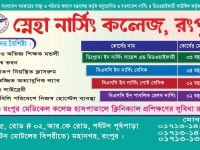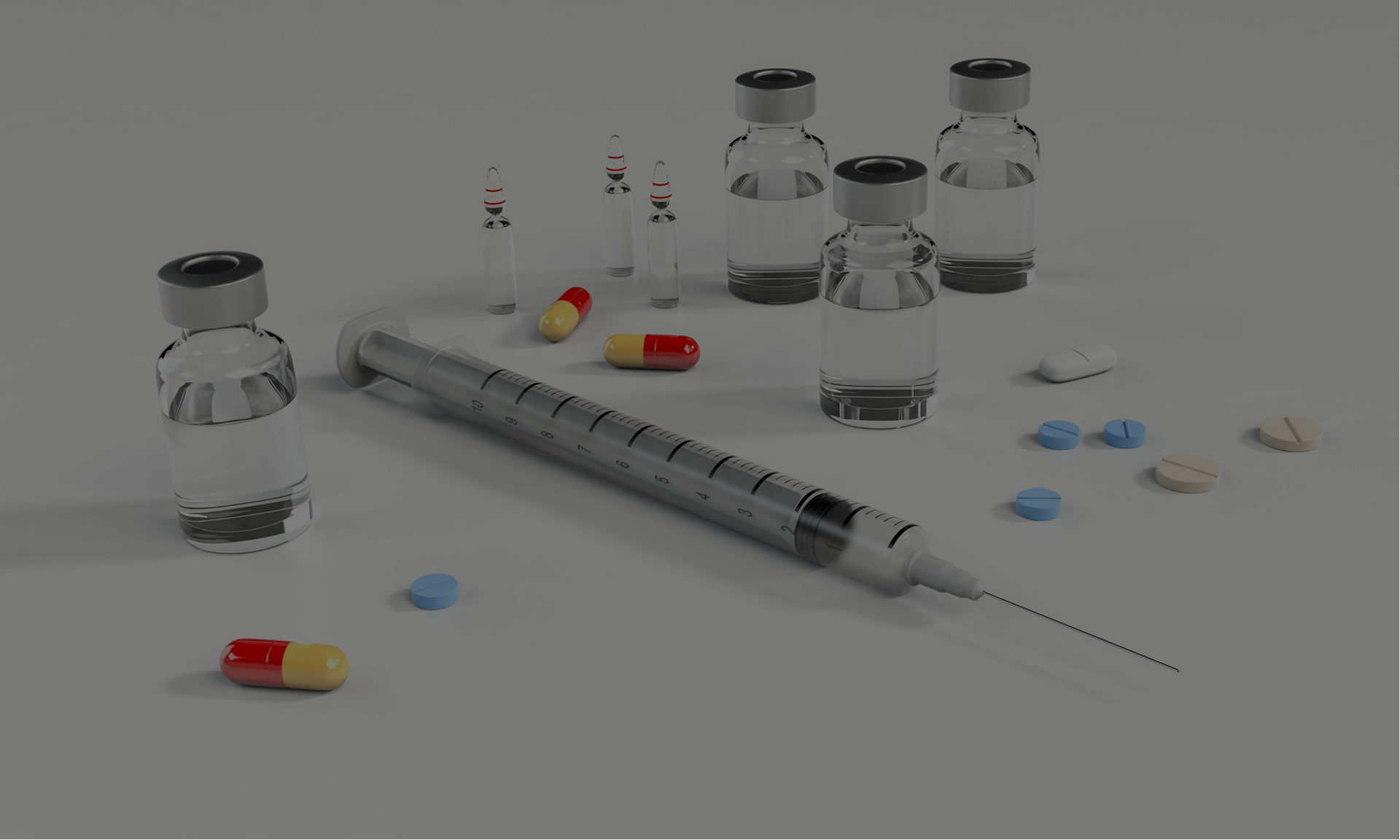To ensure that patient needs are met and that patients flow smoothly through the clinic process, staff look ahead on the schedule to identify patient needs for a given day or week. This advance planning allows the clinic staff time to arrange for specific equipment or tests that may be needed either prior to or at the time of the visit.
Changes for Improvement
Plan the Visit
Preventive medicine and chronic care guidelines are examples of prompts that can be embedded electronically or used manually to generate information that the care team needs on the day of the clinic visit. The prompt tells the care team that the patient may be due for a sigmoidoscopy, flu shot and pneumococcal vaccine, or a HgA1c test for diabetes, for example.
Obtain and Prepare All Required Information, Equipment, and Supplies Prior to the Patient-Provider Interaction
Obtain and prepare all required information, equipment, and supplies prior to the day of an appointment whenever possible. This removes work on the day of the appointment and allows for advance planning for special resources required to meet the patient’s needs.
A clinician can make note of the critical elements necessary for the next visit. Staff can then ensure that these critical elements are available or reschedule the follow-up visit rather than create a wasted visit. Staff can use the reason for visit or prior office note to anticipate equipment needs such as cryo machine for warts, “eye cart” for corneal abrasion, etc.
Create a Reminder System for Planned Care
As part of a planned approach to care for all patients (e.g., those with chronic conditions as well as all patients needing screening and preventive services), a reminder system can be used to trigger a specific care team/patient interaction. Automatic systems that are generated from an electronic medical record or registry are especially effective, but the same concept can be used with manual systems. The triggering system prompts staff to schedule some type of interactions (e.g., phone call, visit appointment, email communication, etc.) with the patient at a prescribed time.








